Can art help us make sense of war? War itself is a senseless act, and therefore looking to art to decipher its meaning, might be pointless. At the same time, art can communicate the reality of war in ways that journalism can’t. Art can also provide us with the emotional vision that can help us imagine a post-war, post-crisis future. But for the moment, while the war is ongoing, what the art world can do best is mobilise its network and help directly Ukrainian artists in practical terms, as well as make the world aware of the rich Ukrainian art scene, writes Charles Green.
Around the world there are artists, art museums, collectors, curators: all have passionately responded to the war in Ukraine. They all want to help; they want us to help. Understanding the facts is clear enough. But does art help us make sense of war? The answers are neither simple nor comforting and, mostly, depend on who ‘us’ is. If ‘us’ is the world of artists, art museums, collectors, curators—the so-called art world—then all that effort is speaking to the already converted. But if ‘us’ means a wider society, then ‘sense’—by which we commonly mean understanding and comprehending—isn’t what art does best, compared with its immersion, intense affect and emotional jolts that are, if truth be told, disconnected from good intentions.
That is why autocrats from Stalin to Mao have always distrusted artists and writers, and why novelist George Orwell and poet W.H. Auden distrusted good intentions after both had experienced wars firsthand. Art about war can do many things, but it cannot make sense of war. Instead, I wish to shift attention off how art might make sense of war and, instead, note what art can do in the face of war.
The art world itself can indeed do good, and art and artists need its help. Take the invasion of Ukraine. First, Ukrainian artists (along with much of Ukraine’s artistic heritage) are threatened and displaced, seeking refuge in the country’s west or joining the vast migration further westwards. Many artists, of course, have taken up arms or are participating in the war effort across the nation. According to art industry media, hundreds of artists have found temporary refuge in hastily arranged, locally generated artist residencies in Carpathian Ruthenia, a scenic, mountainous region in the country’s far west abutting Poland and Slovakia.







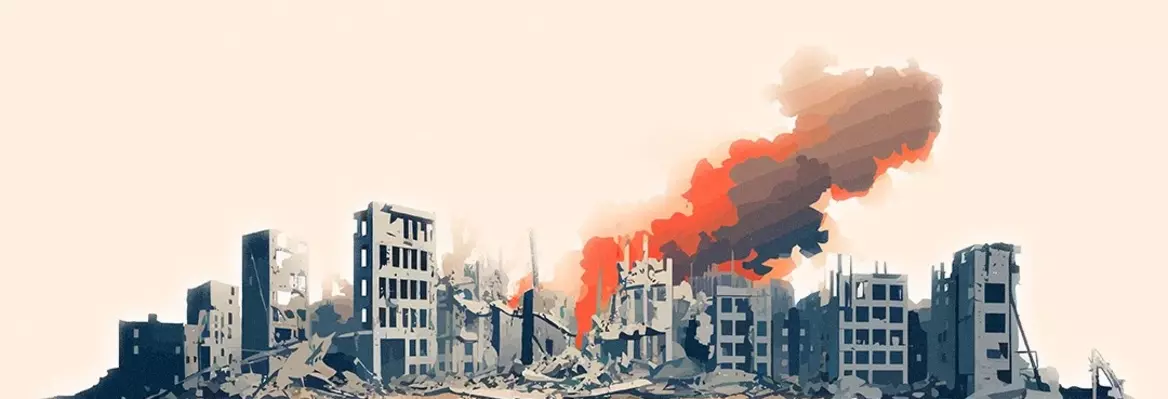


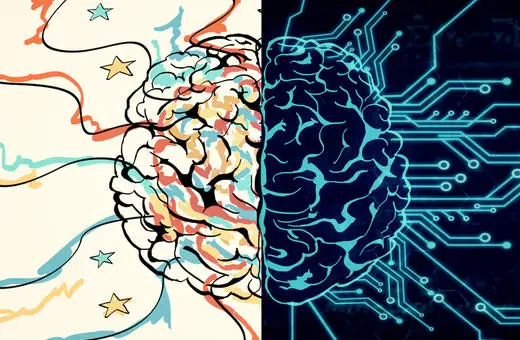

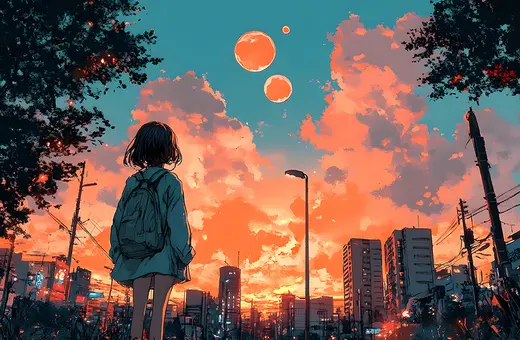

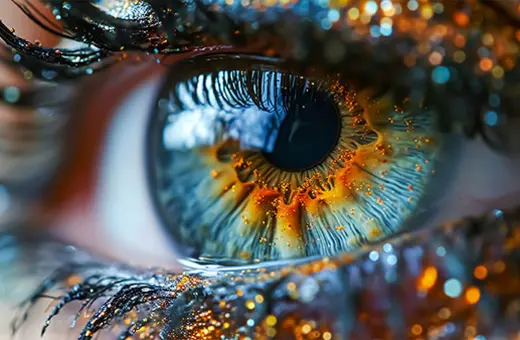
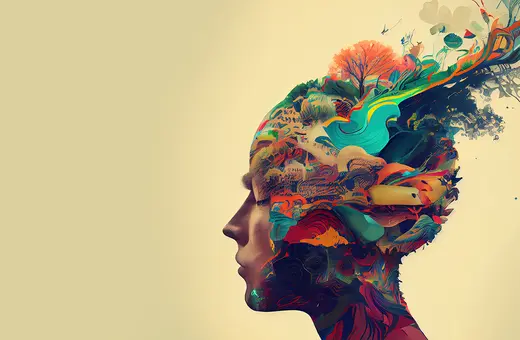
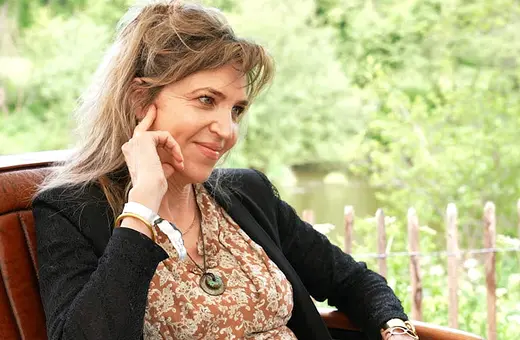
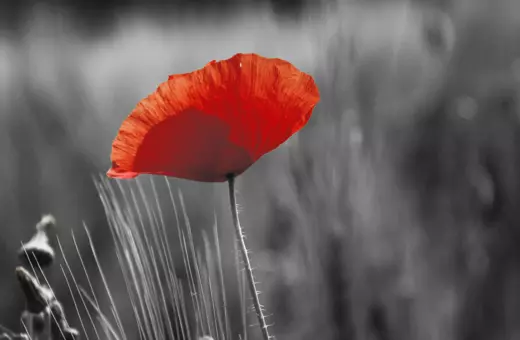
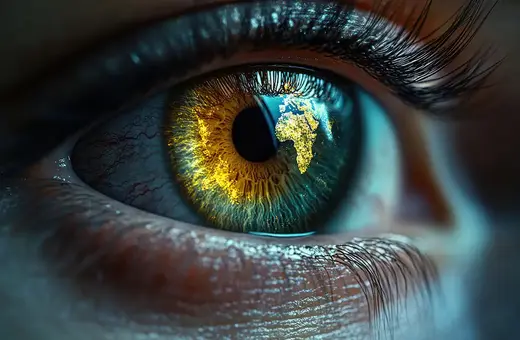
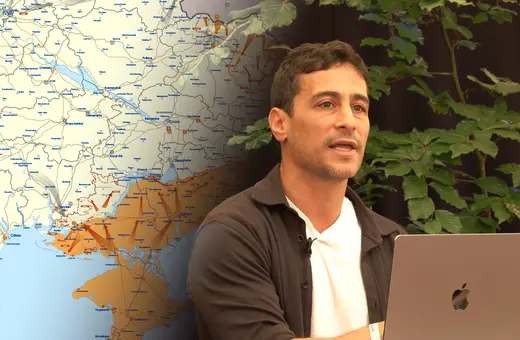

Join the conversation